Our EEG mappings are literally treatment maps away from symptoms.
We function on a central principle that all assessment must serve a direct purpose. Our assessments are designed not only to ‘understand’ but to ‘action’.
Reading What the Brain Tells Us
Decades of analyzing electroencephalographic (EEG) brain messaging has taught us to look and to listen. –To read not just what any brain tells us, but what YOUR brain tells us. We then target the specific EEG / brain anomalies / inefficiencies associated with the specific symptoms that you want relief from (such as anxiety, depression, brain fog or hyperarousal) and promote the EEG characteristics / efficiencies associated with what you want enhanced (such as focus, memory, sleep, and peak performance).
What Sets the Swingle System Apart?
Precision & Targeted Treatment
Unlike other systems the Swingle System is symptom targeted rather than globalized or ‘one treatment fits all’. The power of the system is based upon its specificity. Specificity comes from deriving our interventions (measures and subsequent protocols) from clinical rather than normative measures and training your brain AWAY from (clinical) brain markers associated with active symptoms.
Clinical Measures: The 5 sites of the Swingle ClinicalQ are precise. They are targeted from the 19 sites of the original International 10/20 electrode placement system, as those that were systematically (currently and historically) appearing in the literature as the most influential in both symptom presentation and symptom alleviation. The 5 sites statistically reflect findings associated and / or correlated with precise symptom sets, including states and traits of brain efficiency and inefficiency: potential thereof and liability thereto.
Refining: The measures used for the Swingle ClincalQ are further refined post recording (subject to secondary analysis by age, circumstance / environment, and other epigenetic influence). They can be analyzed independently by individual site or in constellations by multiple site patterns.
Analysis requires specific Clinical skill as well as EEG specific training to read and interpret. Results can not / should not be interpreted by computer program alone or by those without complementary psychoneurophysiological training in the form of complementary competence (recognized degrees and formal training) in psychology, psychiatry, neurology, medicine, etc. In sum, complementary knowledge of behaviour and development as well as functional anatomy and physiology are necessary.

